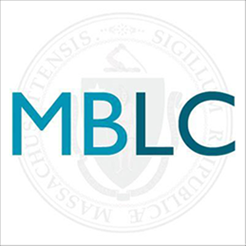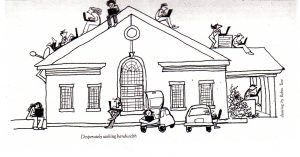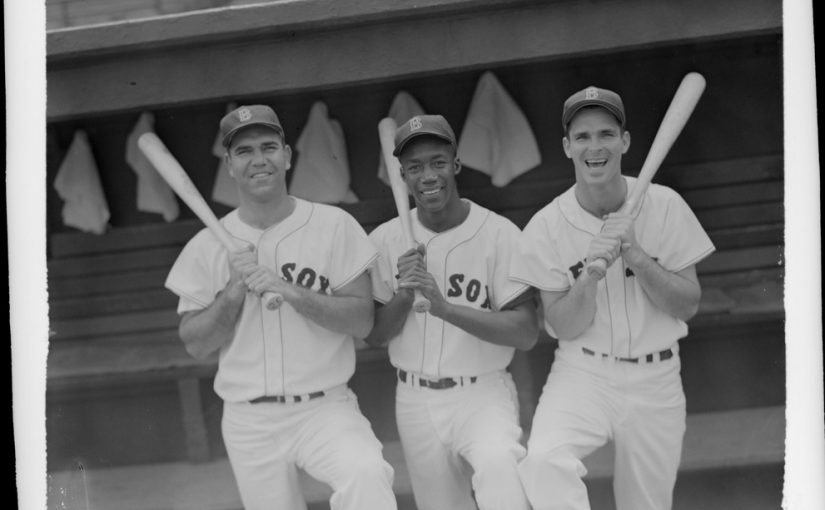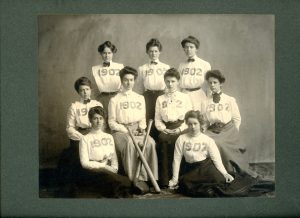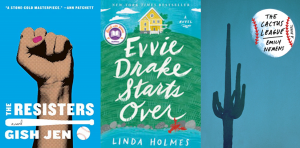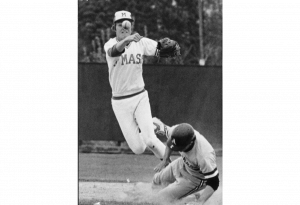
MBLC Service Update
May 6, 2020
Past Updates
April 1, 2020
April 8, 2020
April 15, 2020
April 22, 2020
April 29, 2020
As we work together to get through the current reality, the MBLC will provide regular updates on MBLC services and other statewide issues. Please let us know if there’s info you’d like us to cover—we’ll include it if we are able. Stay well.
State Reopening Advisory Board
Lieutenant Governor Polito is co-chairing the Reopening Advisory Board that the Governor announced last week. MBLC Commissioners sent the Lt. Governor a letter to help ensure that libraries are considered in the reopening process.
Letter to Lt. Governor Polito
Please take the survey- Deadline Monday May 11 at 5pm.
Contact: paul.kissman@state.ma.us
Please help the Massachusetts Board of Library Commissioners identify and prioritize the legal reference training topics that will be the most value to you over the coming weeks and months by taking this brief survey: https://mblc.libwizard.com/f/legal-reference-topics.
The MBLC is working with a partnership of legal reference and service providers to address public libraries’ need for quality legal information and referrals, including: the Massachusetts Access to Justice (A2J) Commission, the Massachusetts Trial Court Law Libraries and Court Service Centers , coordinated by the Social Law Library. Training sessions and resource guides will be developed based on your input.
As you answer, consider not only which legal information requests have been the most prevalent or challenging in the past, but also those you anticipate will be caused or exacerbated by the COVID-19 pandemic.
From the heart: Libraries share stories about how they’re stepping up to support their communities
Contact: Celeste Bruno
From Deb O’Brien, Director of the New Marlborough Town Library
Read this entire amazing blog post. Here’s a preview:
Internet connectivity is one topic, but what matters more is the connectivity of my library to the people of my town, the role it serves as its center and the glue that binds so many of us in this far-flung community. Our library (and I think libraries in general) are thought of as safe havens no matter what world or local events swirl around us. We are the community’s security blanket.
NOTE: The MBLC is in the process of setting up a website where librarians can upload their stories so that they may be shared broadly.
MBLC Monthly Board Meetings
Contact: Rachel Masse
The regular monthly business meeting of the Massachusetts Board of Library Commissioners is scheduled for 10:00 A.M. on Thursday, May 7, 2020 by Zoom Videoconference Meeting. https://mblc.libcal.com/event/6201491
Construction-The Massachusetts Public Library Construction Program (MPLCP)
Contact: Lauren Stara
Andrea Bunker
NEW! MBLC Construction Podcast!
COVID-19 has caused all of us to shift operations and services to meet the needs of those we serve, and, for the MBLC’s Massachusetts Public Library Construction Program, that means moving our in-person workshops and site visits to the digital realm. As such, we, the Construction Team, would like to introduce you to our new endeavor: the “Building Literacy: Public Library Construction” podcast, in which we will explore all topics relevant to the entire construction process.
Episodes:
Sustainability and Building Performance: An Interview with Building Evolution Corporation
Designing for Sustainability: An Interview with Finegold Alexander Architects
ESOL coordinators meeting scheduled
Shelley Quezada, MBLC Consultant to the Unserved, reports that while libraries may be shut down but library-based literacy/ESOL programs in Massachusetts are still valiantly coming up with ways to serve their ESOL and adult learners. An informal group of about 20+ literacy coordinators around the state who usually meet face to face twice a year will be convening a zoom meeting this coming Friday to discuss changes they have instituted over the past few weeks brought on by the pandemic. They will explore ideas about how they are helping students and tutors now forced to meet remotely if they are able.
This meeting is usually attended by those who work in the metro Boston area however ESOL coordinators from other parts of the state are most welcome to participate. This meeting is being convened by Philippa Biggers, Literacy Coordinator at the Wayland Public Library and is set for Friday May 8th from 10:00 – 11:30 a.m. Inquiries should be directed to her attention at: pbiggers@watertown-ma.gov
Preservation and Disaster Recovery
Contact: Evan Knight
June Preservation Assessment Grant round postponed
Unfortunately we will not be able to run the June Preservation Assessment Grant round as originally planned. It will be rescheduled at a later date to be determined. (See https://mblc.state.ma.us/programs-and-support/lsta-grants/mini-preservation-assessment.php for more details about the program.) The contributing factors are the uncertainty of the end of the stay-at-home order, and what the after effects will look like. We also believe that there may be difficulty engaging preservation assessment consultants to do the work on short notice. This is key, because grant funds awarded after June would have to be spent by the end of the current federal fiscal year which would be September 30, 2020.
Promotion/Summer Library Program
Contact: Celeste Bruno
Matthew Perry
Rachel Masse (summer and the Bruins)
The summer team (Christi Farrar, April Mazza, Matt Perry, Rachel Masse, Celeste Bruno, and Lyndsay Forbes) has met to discuss how CARES Act funding may be used to support summer programs. Since the shut down due to COVID-19, the Massachusetts Library System (MLS) has conducted weekly check-ins with hundreds of YA and children’s public librarians and school librarians. Any recommendations will be based on the needs expressed during those check-ins. We’ll send out more information as soon as we have it.
In the meantime:
- Please submit your Summer Success Story, even if you can’t do the challenge. Please omit any identifying info
- Consider joining the summer challenge
Description
Register and order materials
Poster
Goal tracker - Order/re-order CSLP posters
They can be sent to your home
order form
poster designs
State Aid To Public Libraries
Contact: Liz. Babbit
Uechi Ng
Mary Rose Quinn
ARIS Workshops
State Aid will be hosting eight ARIS (Annual Report Information Survey) workshops online in June via Zoom. All sessions will take place from 10:00 am -12:30 pm. We’ve added half an hour to each session to allow for additional questions you may have. Registration will be through the MBLC Calendar
The dates are:
June 3
June 10
June 11
June 16
June 17
June 18
June 24
June 25
Reporting Deadlines for FY2021:
ARIS will open as usual on July 1st but the deadline will be extended until October 2nd to allow libraries and networks more time to gather statistics. The Financial Report and State Aid Compliance Application will open August 7th as scheduled and also close on October 2nd. Municipalities applying for a waiver of the FY2021 MAR will have until November 6th to complete additional paperwork.
PLEASE NOTE: All dates are based on current information we have about COVID19 and the Governor’s State of Emergency. We will reassess deadlines if necessary but they will not be earlier than stated above.
Library closure/status info
Liz Babbitt continues to update the Google Docs for both libraries and the public.
Links to the documents:
For Patrons
For Librarians
Changes and updates can be submitted through the LibWizard form
for both libraries and the public.
Trustees and Friends
Trustees and Friends
Contact: Maura Deedy
Rob Favini
There are 3 Virtual Trustee Orientations scheduled for May.
Description: Are you a new library trustee eager to learn about your new, and very important, role? A “seasoned” board member looking for a refresher course? Trustee Orientations are a great opportunity to meet key staff at MBLC who work with trustees, to learn more and ask questions about your roles and responsibilities as a member of a library board. At each session we cover board responsibilities, library funding and State Aid, state laws with relevance to libraries, and how to be an effective advocate for libraries. Time is included for questions and answers. Orientations are aimed at new trustees, and all trustees and library directors are welcome to attend.
Date: Thursday, May 14, 2020
Time: 6:00pm – 8:00pm
Register
Tuesday, May 19, 2020
10:00am – 12:00pm
Register
Wednesday, May 20, 2020
10:00am – 12:00pm
Register
